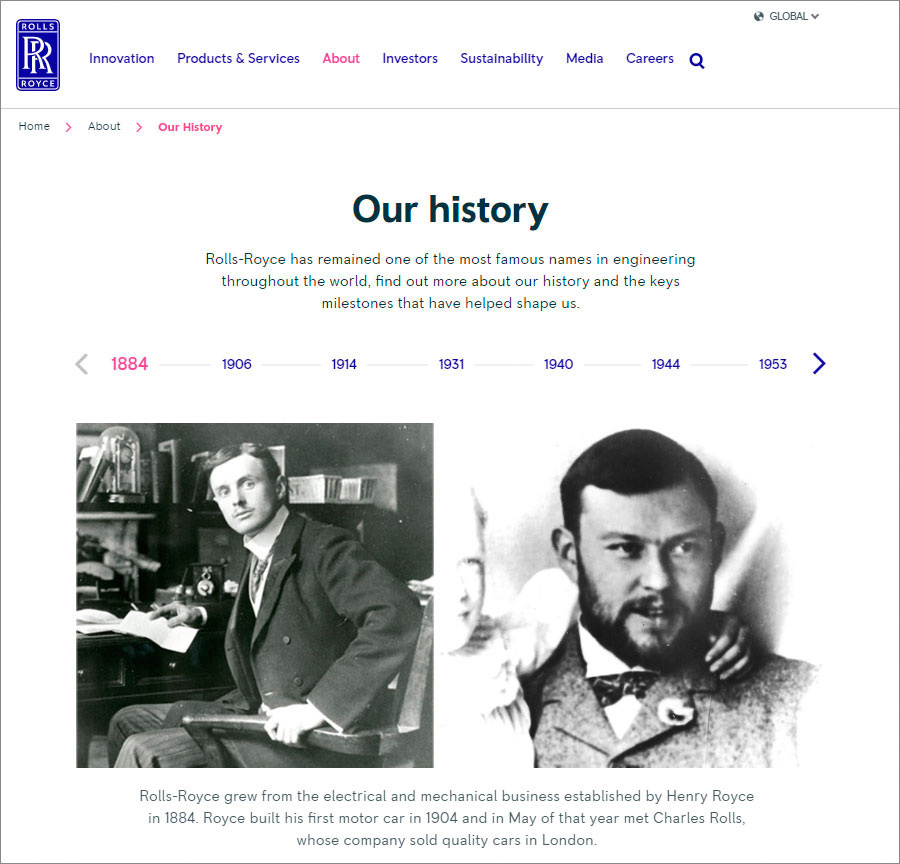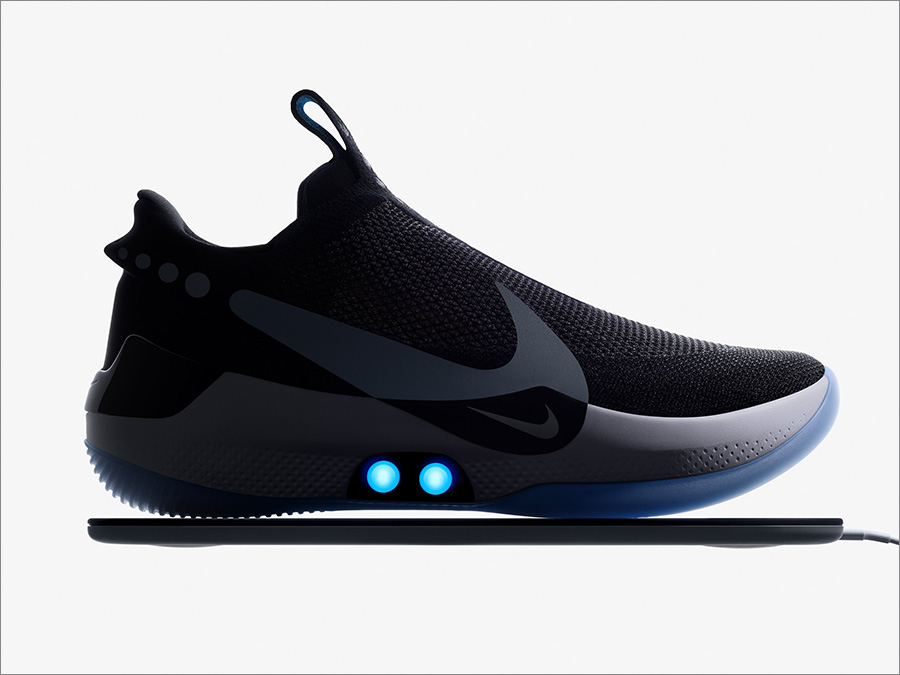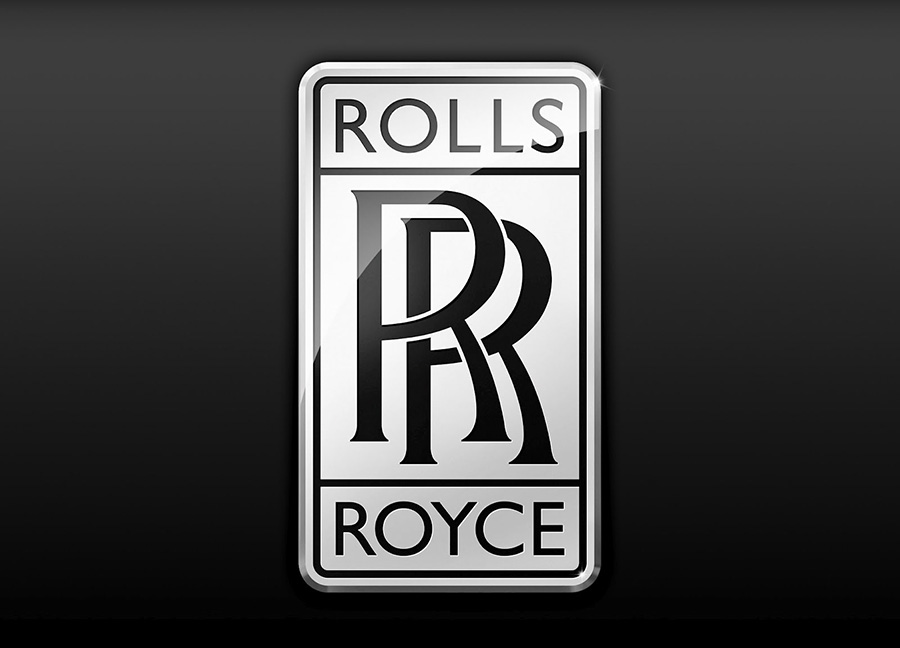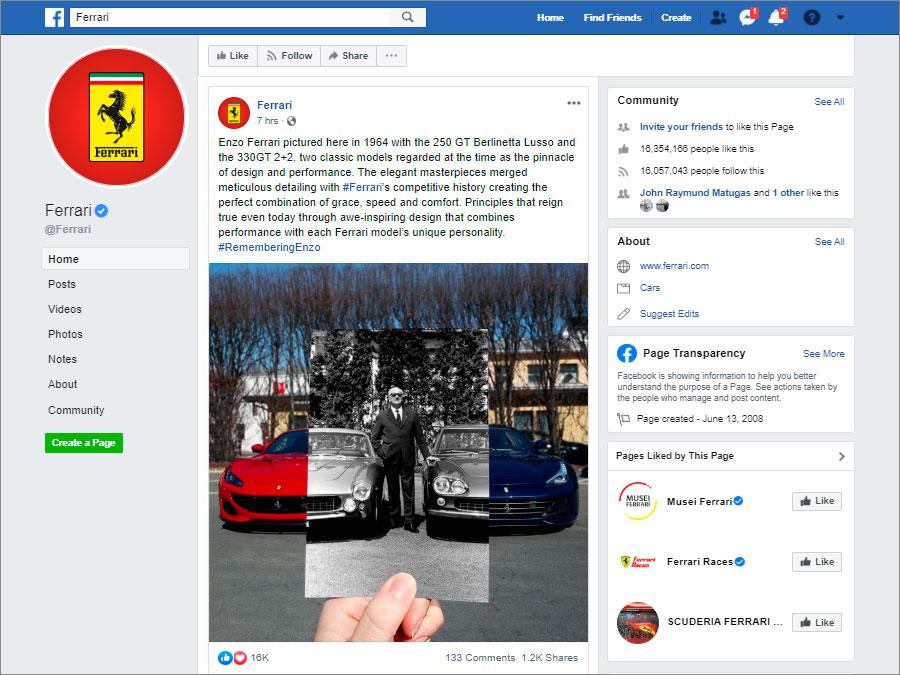Even as the owner of a small business, you have to develop your business brand. Does a small hair salon or a little patisserie need branding? Absolutely it does.
“What is branding?” is the most common question that business owners ask. Marketing texts would provide enormous theories, but in a nutshell, branding is how your business is perceived.
Just like as a human, you have certain attributes – extrovert, fun-loving, loves bright colors, health freak – that define you, every business has a number of traits that collectively are its personae or branding.
Thus, iPhone is widely perceived as a premium top-end smart device, Subaru sedans as reasonably affordable and easy to maintain vehicles, and so on.
Why is Branding Needed?
Before understanding how to build a brand, you need to know why it is required. You cannot attend the gym unless you know why your health is essential. The same reasoning applies.
Brand and, by extension, brand positioning allows you to differentiate your products and services. Let alone small businesses, even large ones such as automobile manufacturers operate in an environment where the customer has numerous choices that are nearly identical.
Why would a customer spend their dollar at your shop and not elsewhere? It is because you offer something different viz lower price, better customer care, more improved service.
10 Best Tips To Create A Brand
1. View the brand as a person
Confused? As a business owner, you are used to thinking of your business in terms of purchase, sales, products, showroom, employees, customers.
Granted that all of these are the nuts and bolts of business, but we aren’t only flesh and bones but also a soul and spirit. In the same way, think of the soul of the business.
If you wanted to meet your business as a person, what type of person would you like him/her to be? Probably – youthful, energetic, innovative, trustworthy – are some of the adjectives that pop into your mind.
Now make your business youthful, energetic, innovative, and trustworthy. I am not saying that you will do precisely these but think in a similar vein as suitable for you and your business.
2. Define your brand

Screenshot via Rolls-Royce.com
The above pointed out the brand as a persona. The next step is to define your brand in terms of these personality traits. It is the same as defining your business motto or credo.
Try and think in terms of questions that can help give these traits a concrete shape –
- Why does your company exist?
- What value does it offer?
- Who is it targeted at?
- Why should your customers choose you over rivals?
- What are the positive characteristics that people should think about in your company?
Defining your brand is not a one-way street. You cannot decide on a message and expect customers who like that description to walk in. It has to be tailored to meet their expectations.
3. Avenue for recall

Source: androidpit.com
A brand helps in a product recall. Why does the Nike swoosh float up in your thoughts when you think of playing basketball? Why does the phrase “luxury sedan” evoke the image of the kidney-shaped grill of a BMW?
Branding subconsciously guides the purchasing decision. Mostly a customer would not even be able to tell that they are actually under the influence of branding exercise. But it plays a considerable role in the buying process. You have to indulge in branding to get chosen.
Thus the brand has to be striking and unique.
4. Find your niche
This is actually suitable for some businesses and not others. A restaurant or a boutique has it relatively easy when it comes to carving out a niche, a travel agency, not so much.
However, the marketplace is crowded, and every vendor is looking for a business. If you do not aggressively find where in the market you belong, you would not be able to survive.
If you own a travel agency, your niche could be in planning exotic holidays. If you have a watch store, you might be specializing in affordable and authentic antiques.
Ultimately it is branding that helps you stand out as the top player in your niche. One of the main points to focus on is to deliver what your customers paid for. No matter how well established you are a niche player, you would find it hard to survive if you are not trusted.
5. Design a great logo

Source: autoentusiastasclassic.com.br
This is a key step in brand building. We recognize the Coke and Apple logo from a mile away. It is the same with airlines like Lufthansa and limousines like Rolls Royce.
The logo is a design that takes the place of a business name. It may be a symbol, alphabet, or an emblem. In rare cases, it could also be a short musical tone (remember the Nokia Connecting People theme).
The primary purpose of the logo is to identify instantly. It makes your products stand out on a shelf or helps people know about a new branch from the signboard while driving by.
While the logo is important, it need not be an earth-shattering concept. It is anything that appeals to you and is aesthetically pleasing. The design also needs to be quite different from anything else you have noticed. The presence of image search has made it quite easy to hunt down and avoid similar logos.
6. Place the logo everywhere

Source: wolt.com
Everywhere literally means all around – throughout your office, on your website, on social media, on billboards, on employee shirts or aprons.
Saturate the environment with the design. If at the same time you deliver exceptional product and service (no business can deliver consistent quality, even Mercedes Benz), the customer would associate your excellence with the design and find it easier to relate it to friends.
You are no longer the shop at the corner of 123 XYZ Street, but the cute little Lebanese restaurant with a red bell pepper (or chili) logo! See how the description changes and how easy it is for others to identify your products with quality through a logo?
7. Communication of brand message
Communication with a customer is not only written or through commercials. Everything tells a story about the business, including the brand.
You have to communicate to the customer the core values of your business and help them understand the importance of what you are selling. A shop selling vegan products would hardly have red décor, the color of blood. This is just one example.
The logo, the color, the credo, the punch line – they all add up together with the product, the variety, ease of use, durability, after-sales service, etc. to create a brand.
8. Product line up

Source: hwikipedia.org
All the talk of branding rests on a three-legged stool – what is being offered, who will buy, what is the image.
I have till now not yet placed any stress on what is being offered. There is little possibility of building a brand without walking the talk.
You could create the best logo with the help of a marketing company and indulge in all the hype but end up with nothing.
From Nokia to Aston Martin (can there be a better logo than James Bond driving one!), the most famous brands have gone bust when they could not deliver what they promised.
Thus look upon product development and pricing as an integral part of the brand-building exercise. These are many of the synergies in the business process that feed off each other and must never be either compartmentalized.
9. Can you find a brand ambassador?
The word ambassador immediately conjures up celebrities who charge millions of dollars. But it could be the coach of your local high school football team.
Most of all, your customers are your brand ambassadors. Nurture your relationship with them so that they leave you positive feedback on Google and Facebook.
Nothing is more impressive than peer to peer feedback. You are less likely to buy a car or phone that was troublesome for your brother to own.
Thus build a positive relationship with everyone your brand comes across.
10. Grow a fan base

You need dedicated clientele who swear by your service. They have to be consistently providing you with feedback through social media and sharing your Facebook posts and Instagram photos.
It is easier than ever now with the help of social marketing to cultivate a brand image online. Interact honestly with your clientele and encourage them to take an interest in your product development by pitching in with ideas and suggestions.
This community of users and followers would do the hard work of establishing your brand’s foothold in the market.
Key Takeaway – Look At The Brand As A Voice
The trick to creating a great brand is to understand that the business cannot speak, and the brand does the talking on behalf of the business.
Neither the logo nor the product nor the employees are the brand but taken together, they are more than the sum of their parts and become the brand.
You cannot treat the brand as quiet and intangible. It has a life of its own, and when it begins to speak, it increases footfalls and revenue.
About the author:
Lesley Haught is a professional writer, web developer, and CEO of webbuildersguide.com. For nine years, Lesley has been working as a web interface developer, which has allowed him to strengthen his experience and skills in website development. Also, he’s fond of photography, marketing, and of course, writing articles. His works have been published in popular online magazines and blogs, including 2CheckOut Blog, 3Dcart Blog, Template Monster Blog, Contrastly, Hackread, Hacked, Wploop, and many others. He is on Linkedin and Facebook.
Discover more
Have you picked your favorite tips for creating a small business brand?
If that’s a yes, save and complement this guide with How to Grow Your Brand During COVID-19: 8 Success Stories
And check out our out-of-this-world fast, mobile, and budget-friendly phone system for small business. We’ll help your team talk anytime, anywhere, and about anything, at a stunning price.
Take a look below or learn more about VoIP!



























